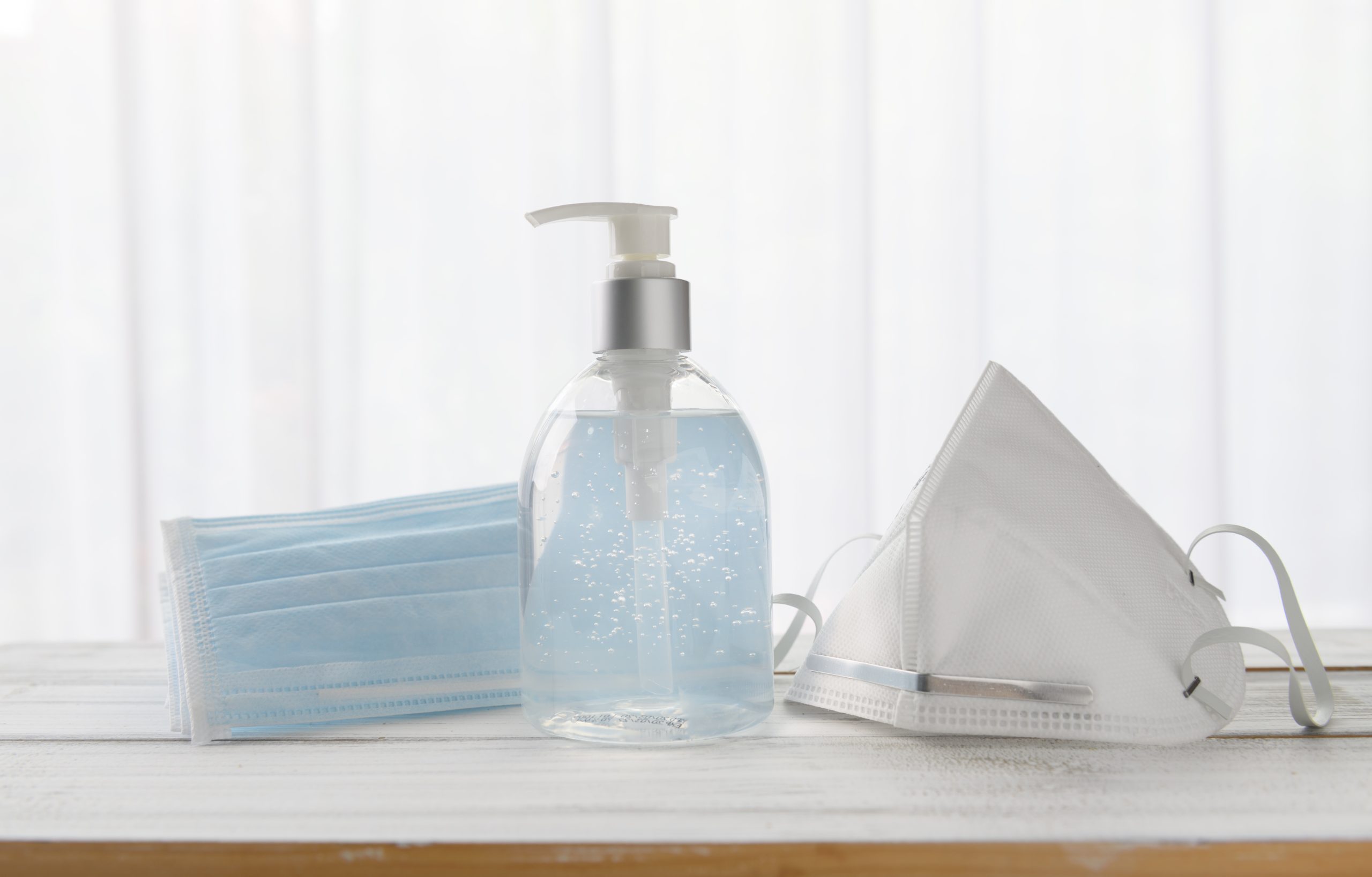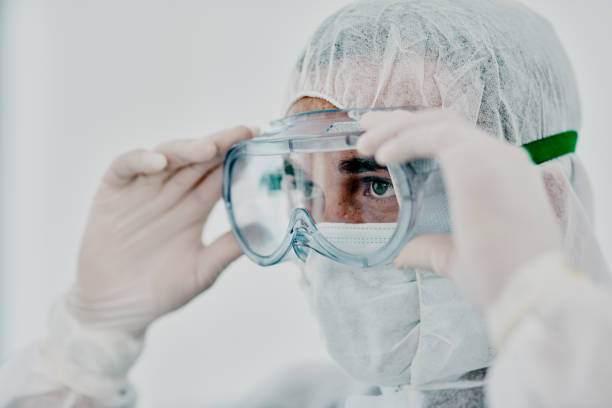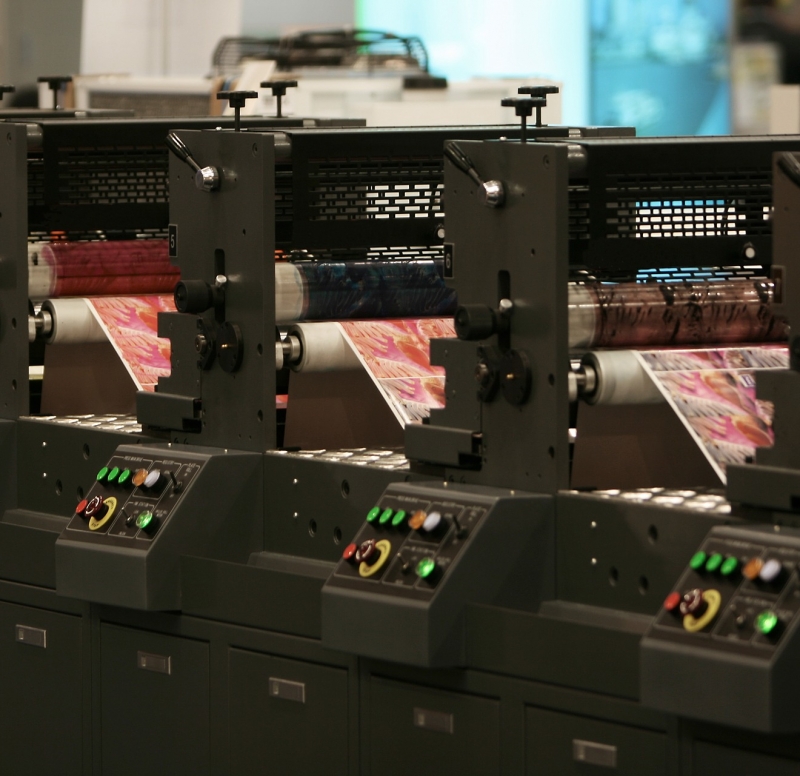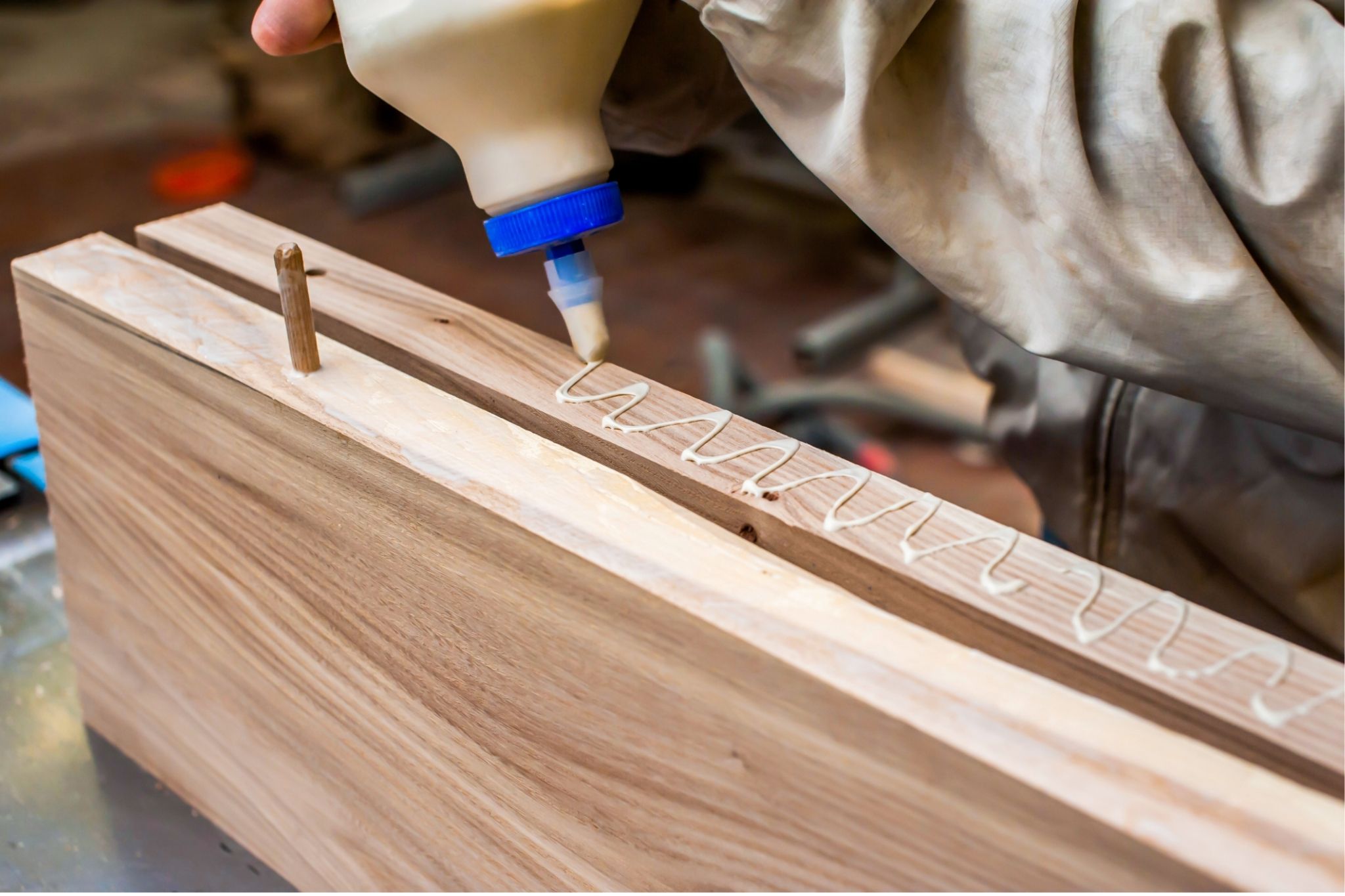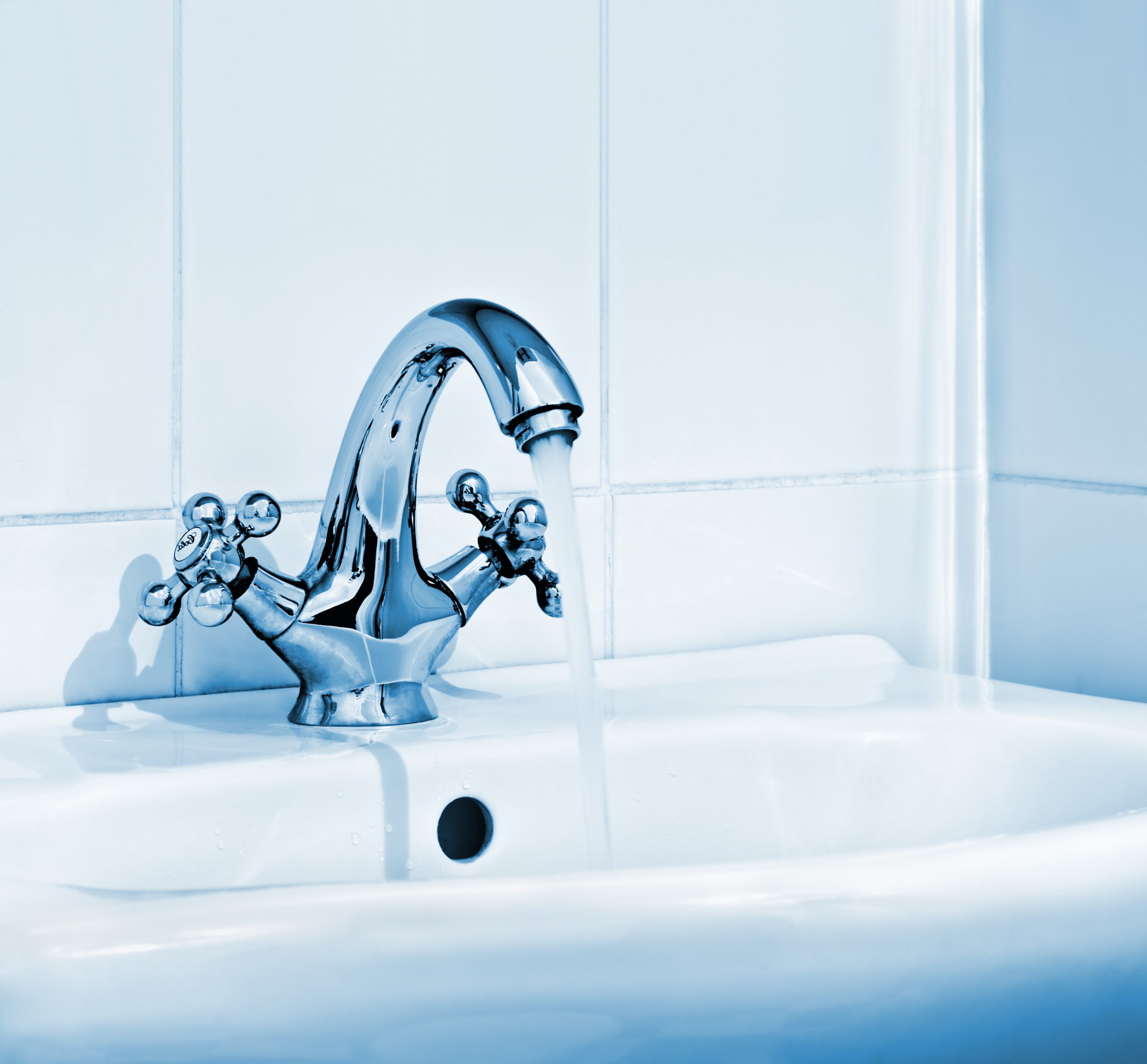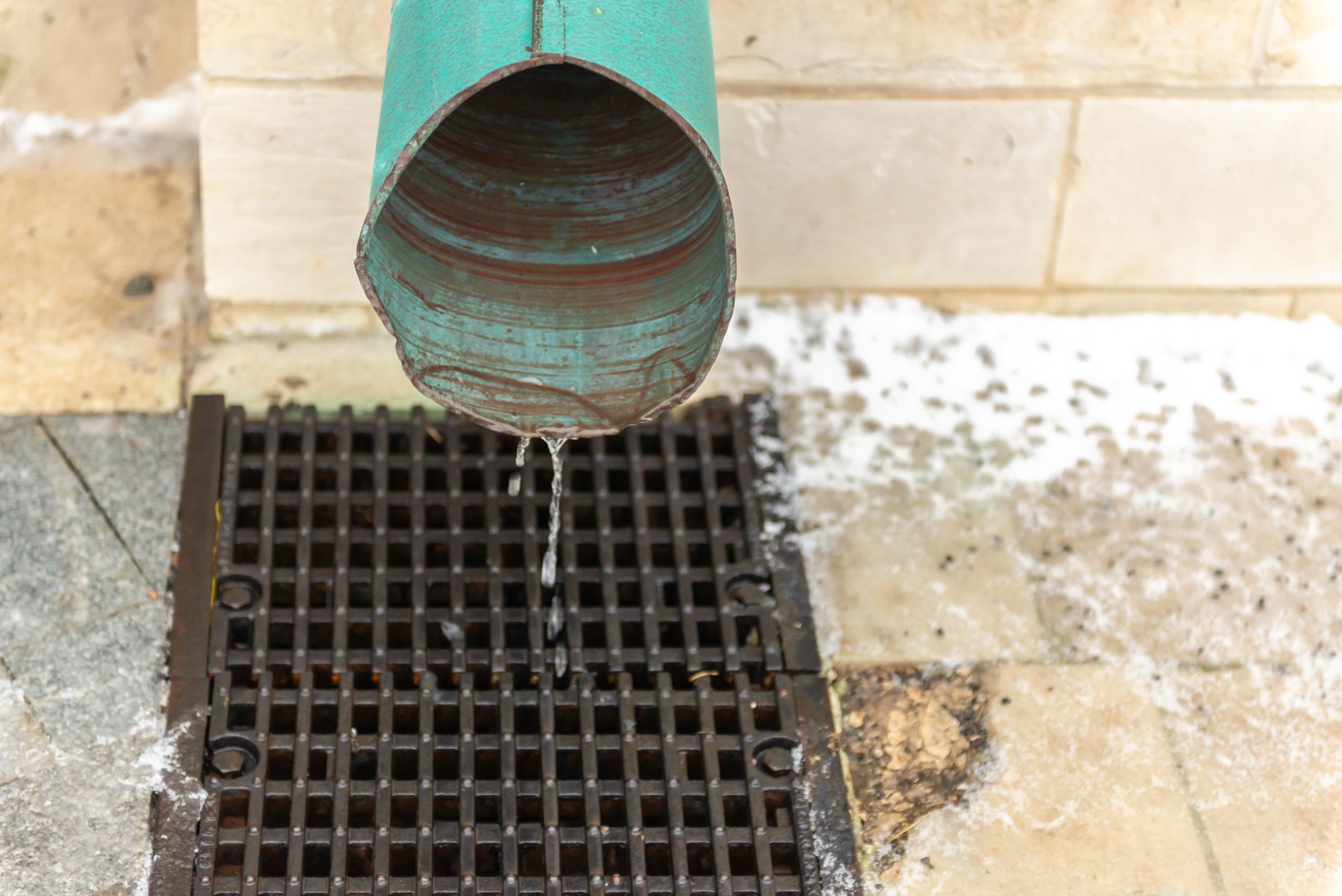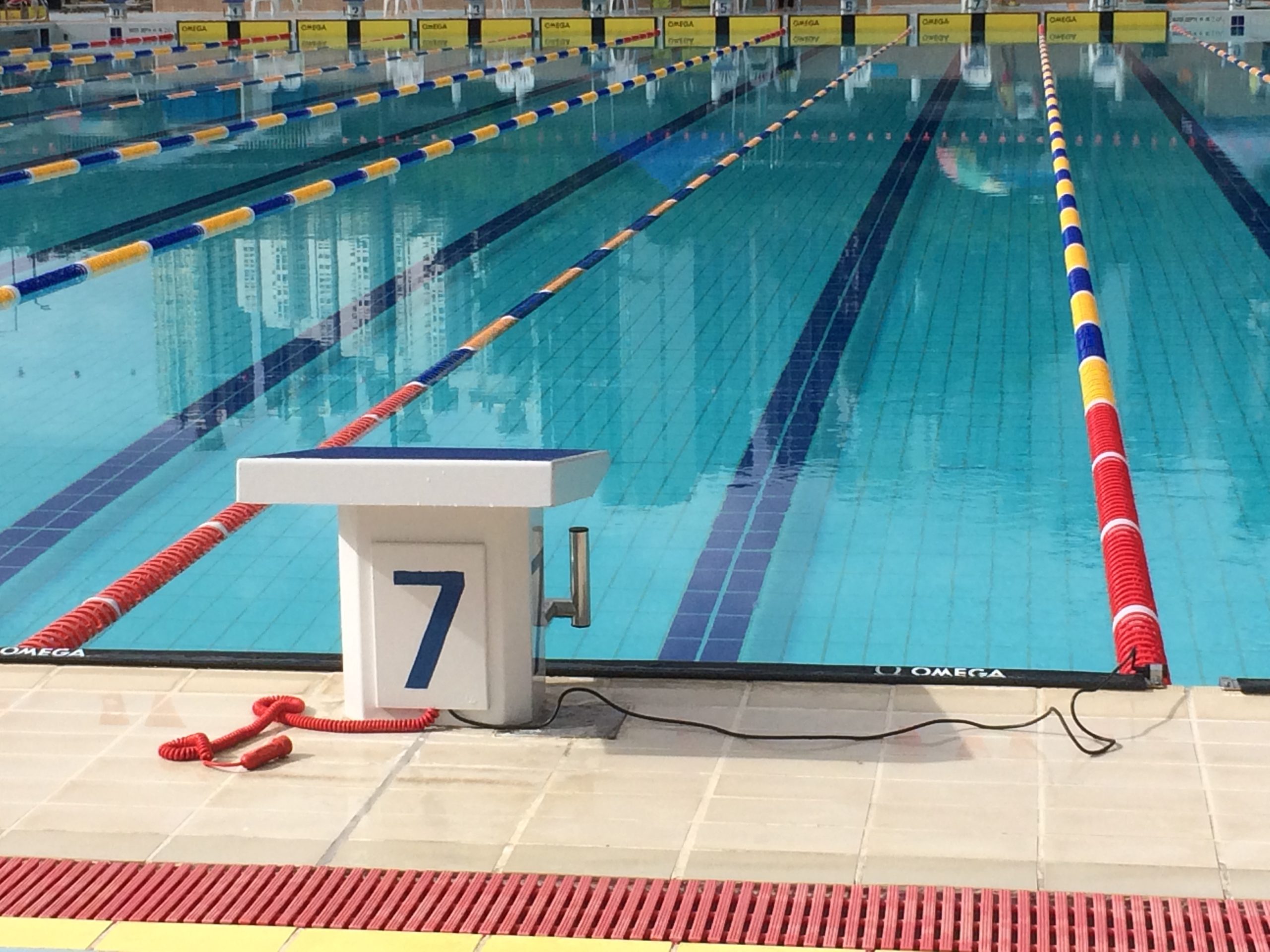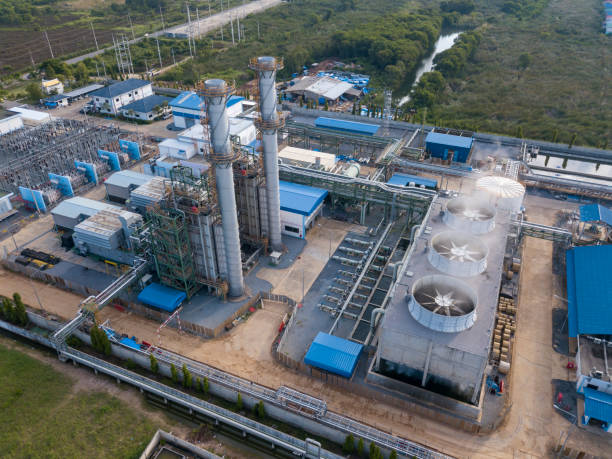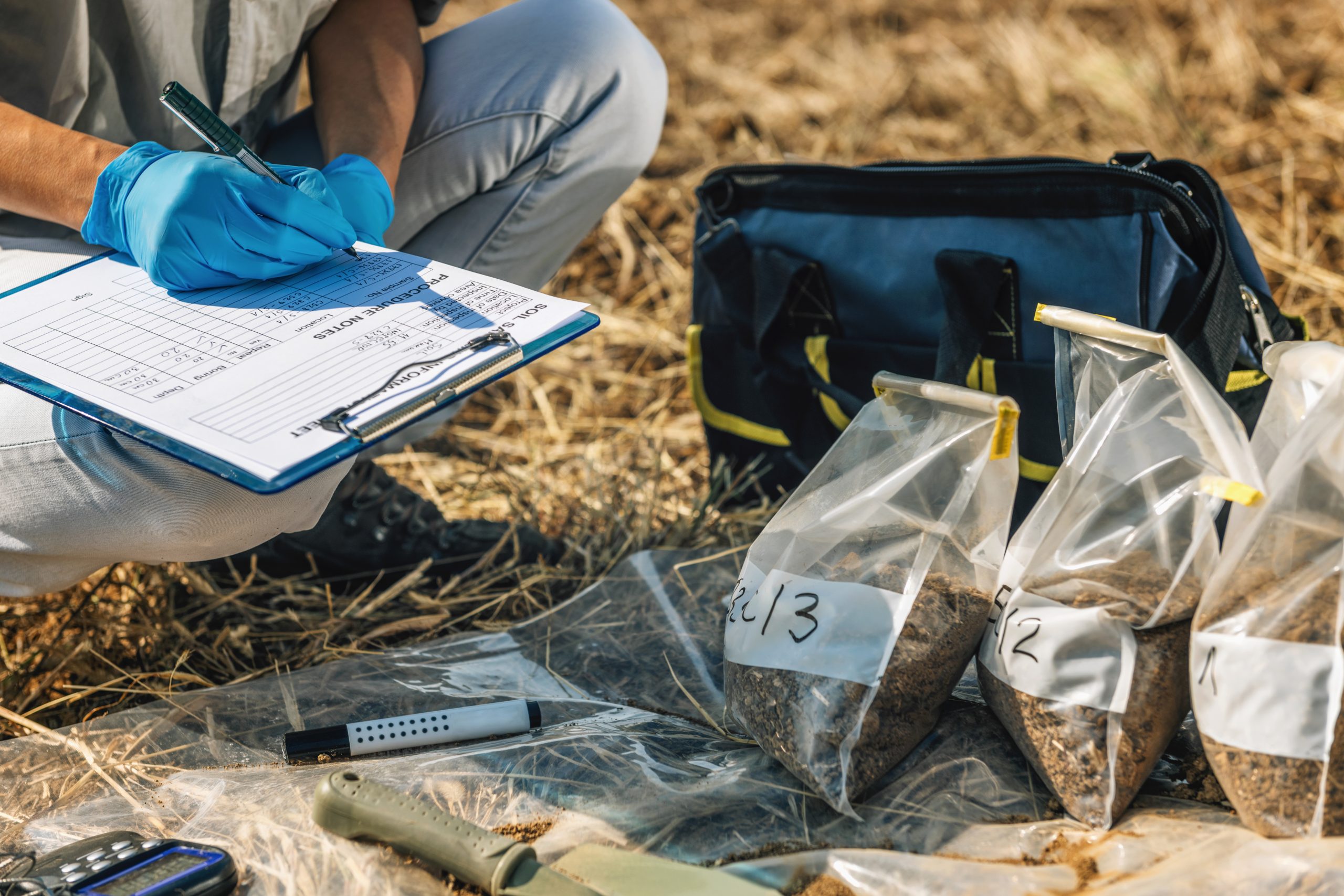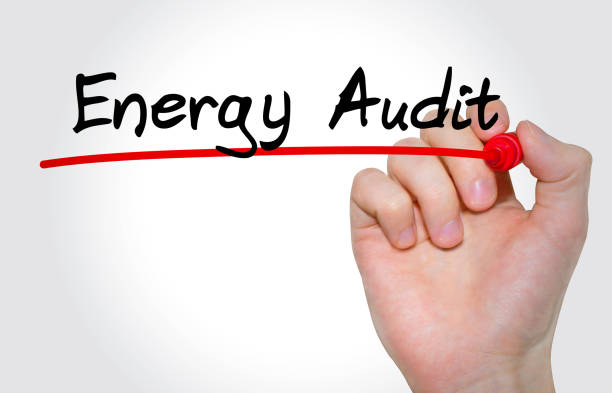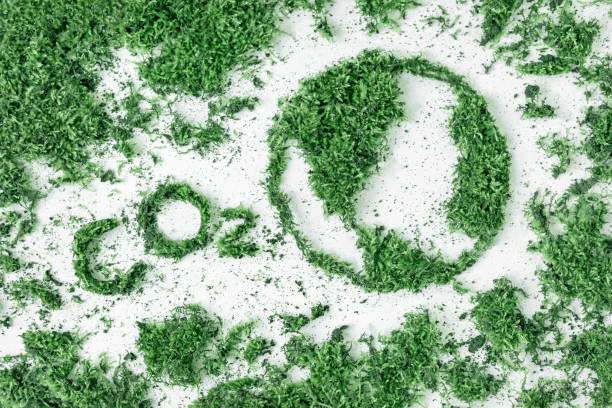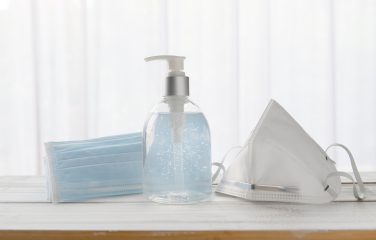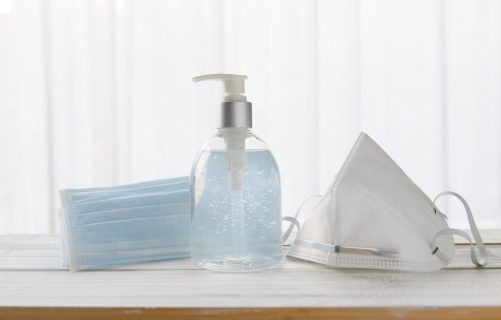Effectiveness testing services for disinfectants are crucial in ensuring that they are capable of killing or inactivating pathogens that can cause diseases. These tests are designed to evaluate the ability of disinfectants to destroy or reduce the number of microorganisms present on surfaces and in the air.
Disinfectant effectiveness testing typically involves using standardized methods to evaluate the efficacy of a disinfectant against a range of microorganisms, including bacteria, fungi, and viruses. These tests are conducted under controlled laboratory conditions to ensure accuracy and consistency of results.
Disinfectant Effectiveness Testing
There are various types of disinfectant effectiveness testing that can be performed, depending on the intended use and application of the disinfectant. Some common types of testing include:
- Suspension tests: These involve exposing microorganisms to a disinfectant solution in liquid form, and measuring the reduction in the number of viable microorganisms over a specified time period.
- Carrier tests: These involve applying disinfectant to a surface, such as a countertop or doorknob, and measuring the reduction in the number of viable microorganisms on the surface.
- Fogging tests: These involve dispersing disinfectant into the air to evaluate its effectiveness in reducing airborne microorganisms.
- Time-kill assays: These involve measuring the rate and extent of microbial killing by a disinfectant over a specified period of time.
Disinfectant effectiveness testing is necessary to ensure that disinfectants are effective in controlling the spread of infectious diseases. Testing also helps to identify the ideal concentrations and exposure times needed to achieve optimal results. Disinfectant manufacturers and regulatory agencies rely on these tests to ensure that disinfectants are safe and effective for use in various settings, including healthcare facilities, schools, and homes.
Common Test Standards
| Antimicrobial hard surface efficacy test | Antimicrobial textile and fabric test | Effectiveness test of disinfectant |
|---|---|---|
| AOAC 991.47 AOAC 991.49 ASTM E1053 ASTM E2197 EN 14476 EN 16777 EN 17122 ISO 22193 ISO 27447 JIS Z2801 Quantitative Time-kill Test (Film of bacteria dried onto test service) | AATCC 30 AATCC 100 AATCC 147 ASTM E2149 ISO 20743 | ASTM E1052 EN 1650 ISO 18184 prEN 17914 Quantitative Time-kill Test (liquid suspension of bacteria) Minimum inhibitory concentration (MIC) Minimum bactericidal concentration (MBC) Custom test methods, effectiveness test in actual working conditions and protocols are also available. |

